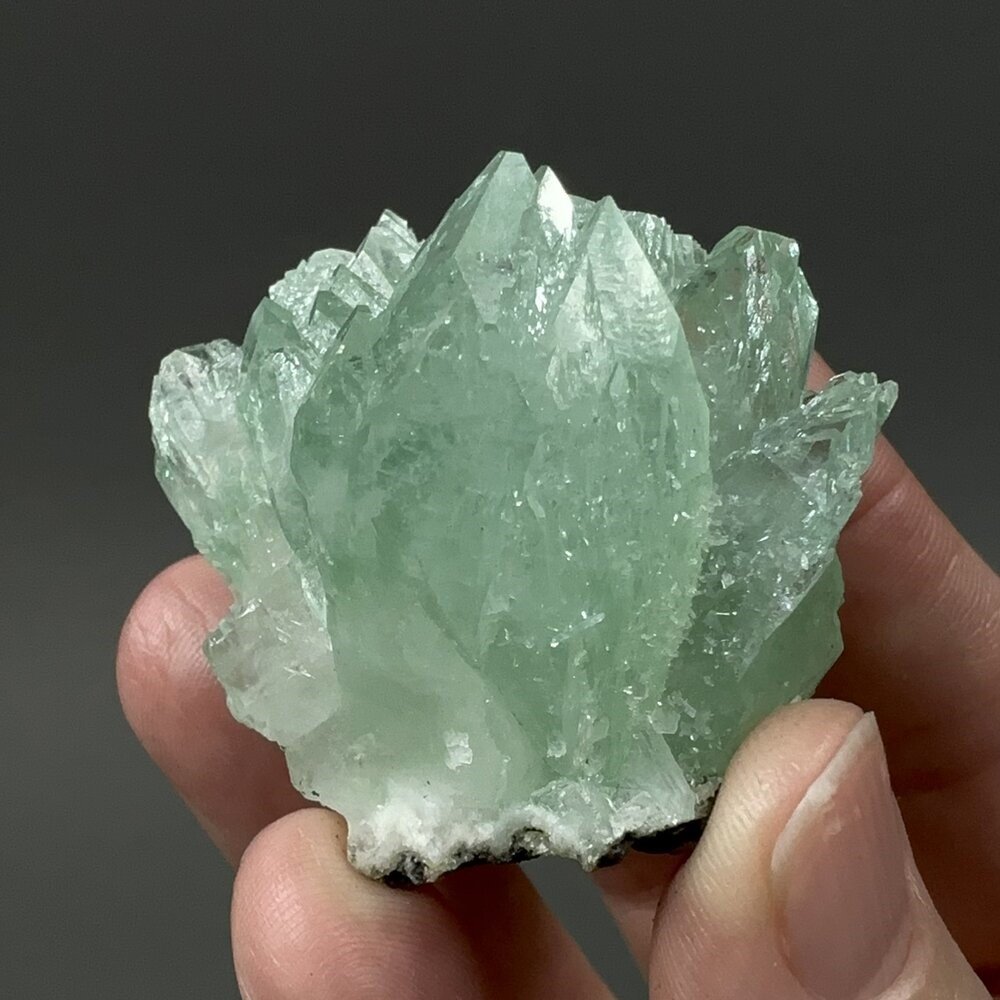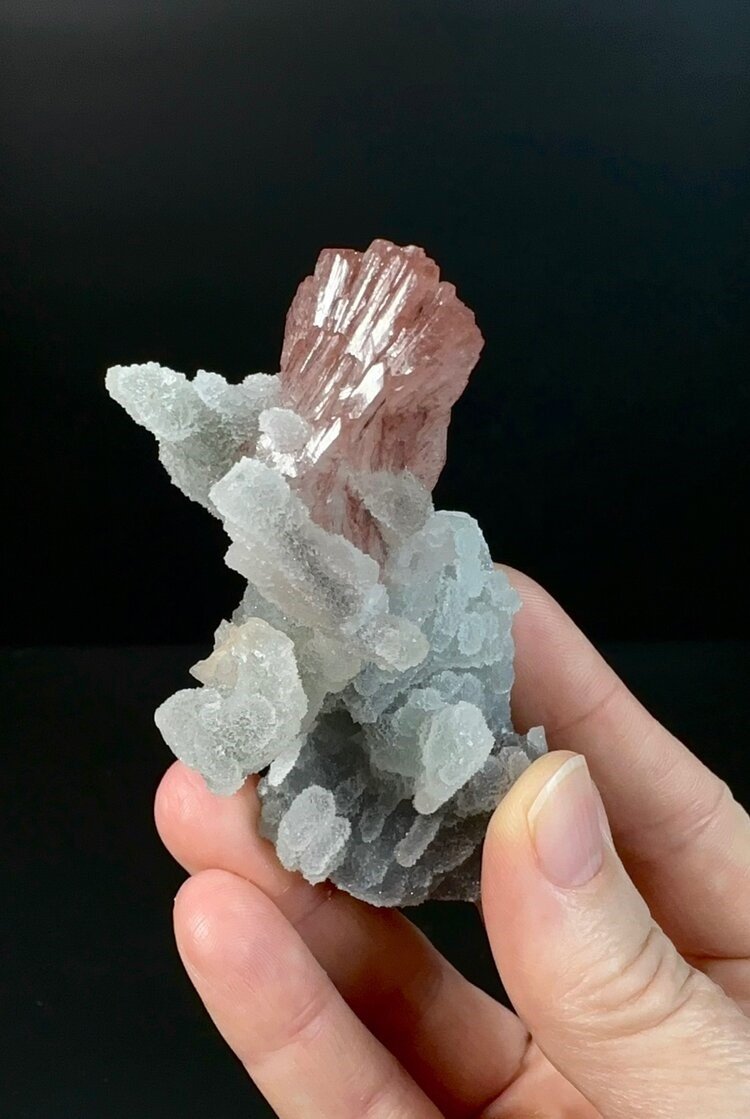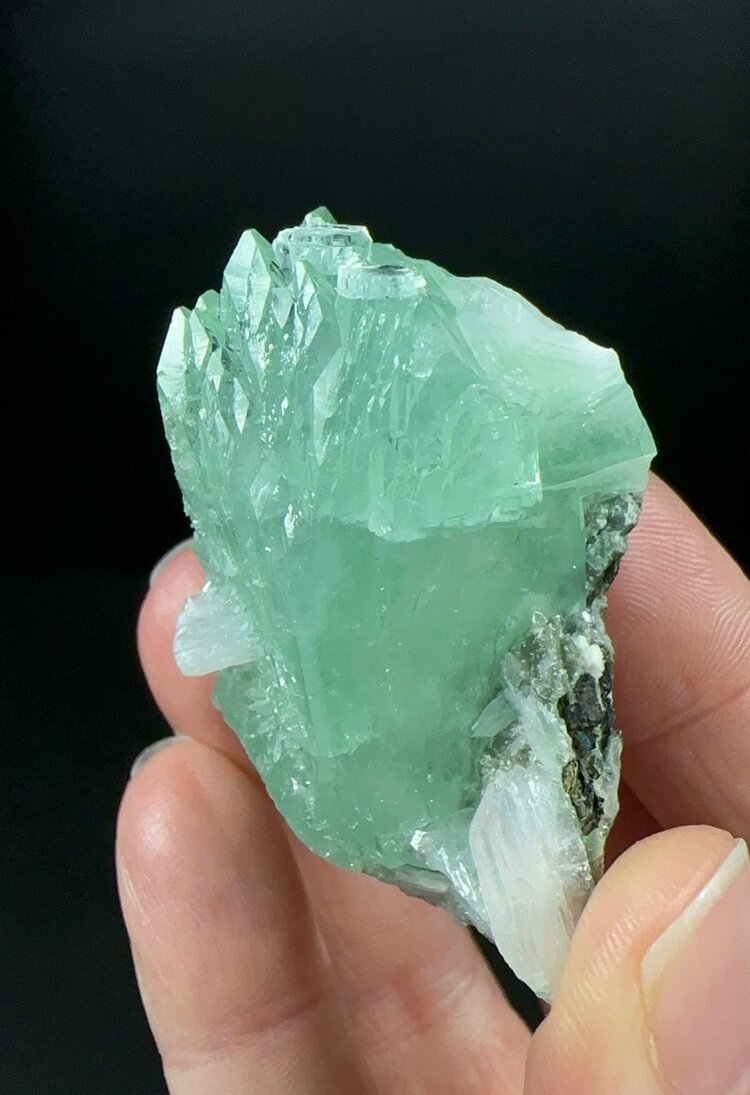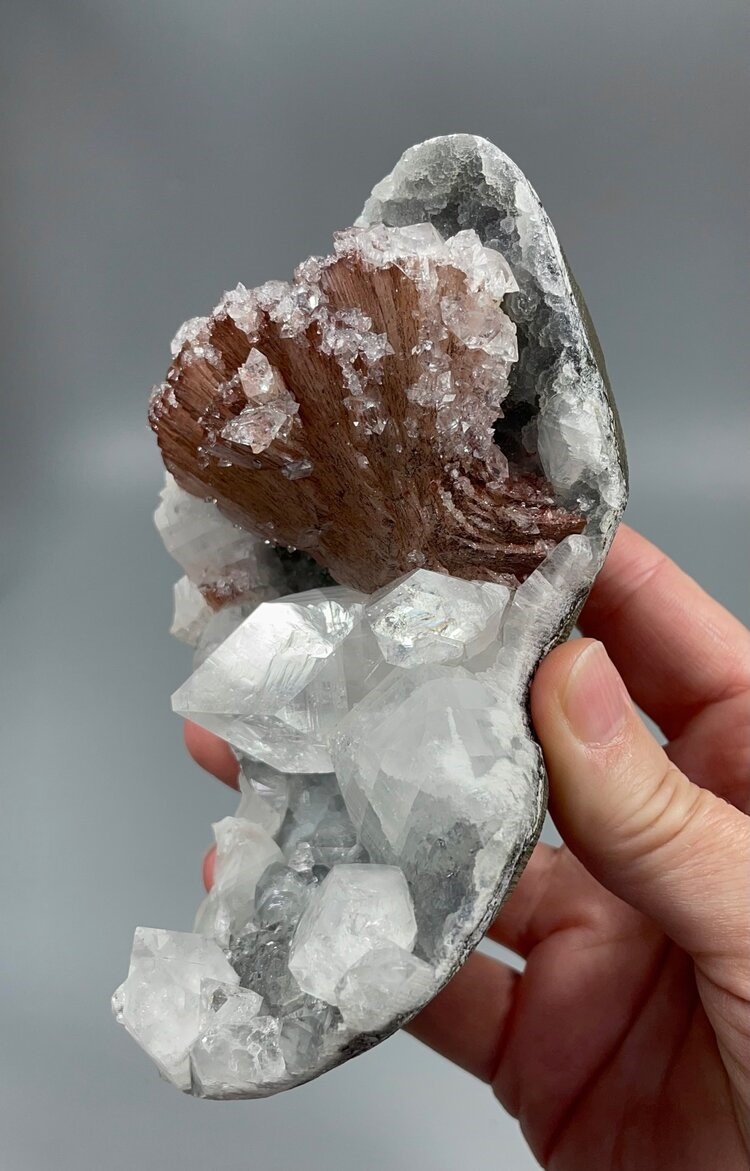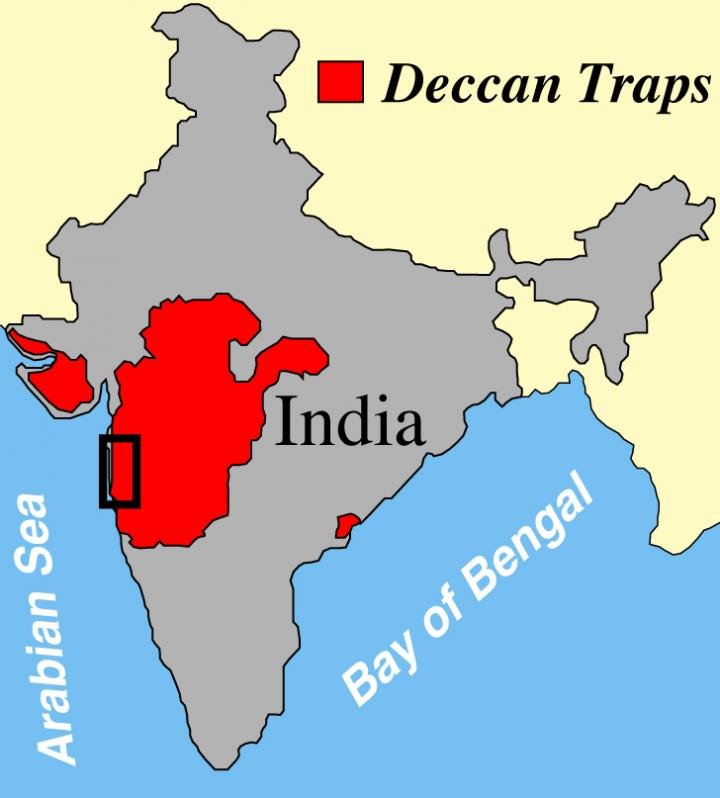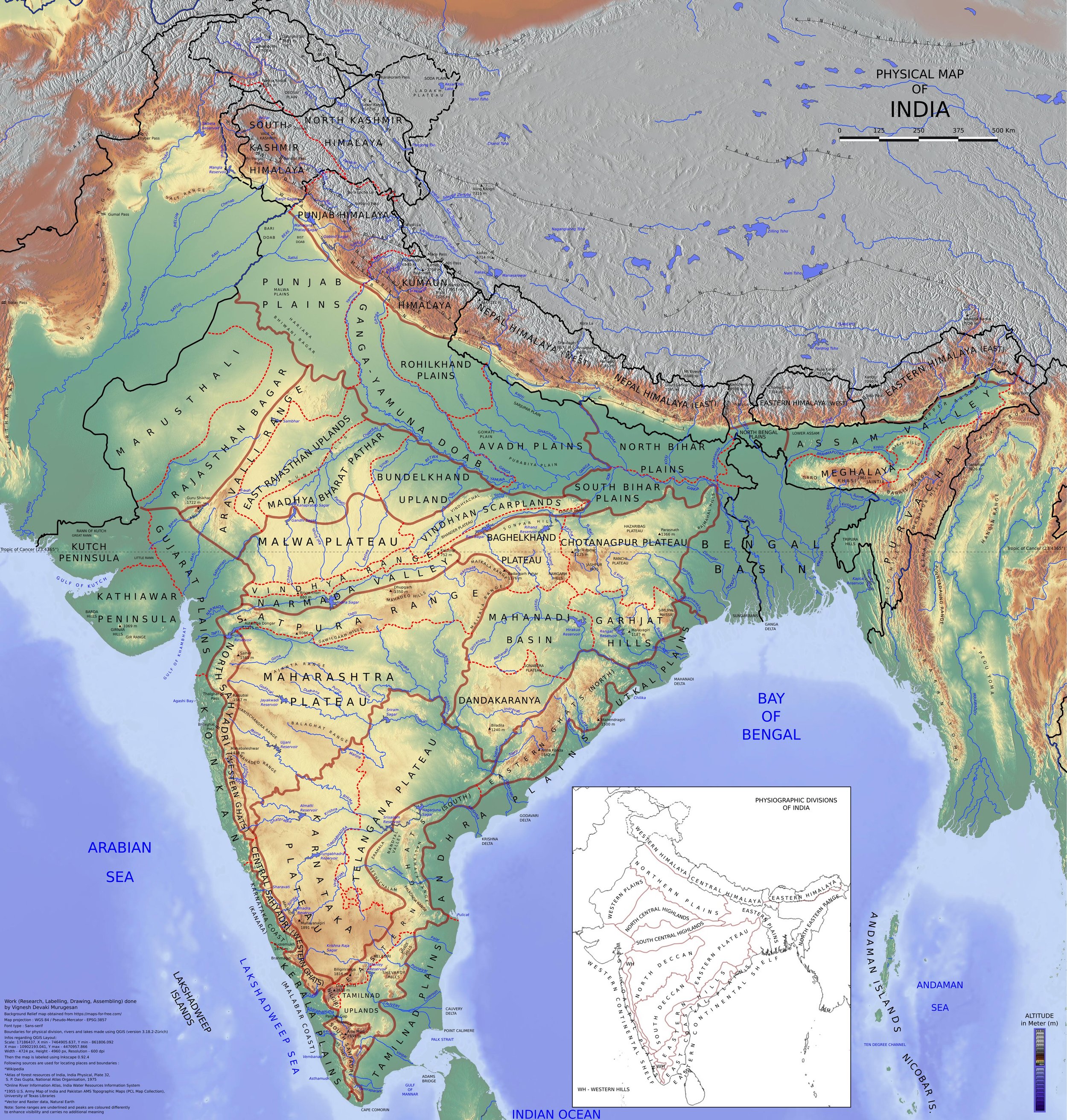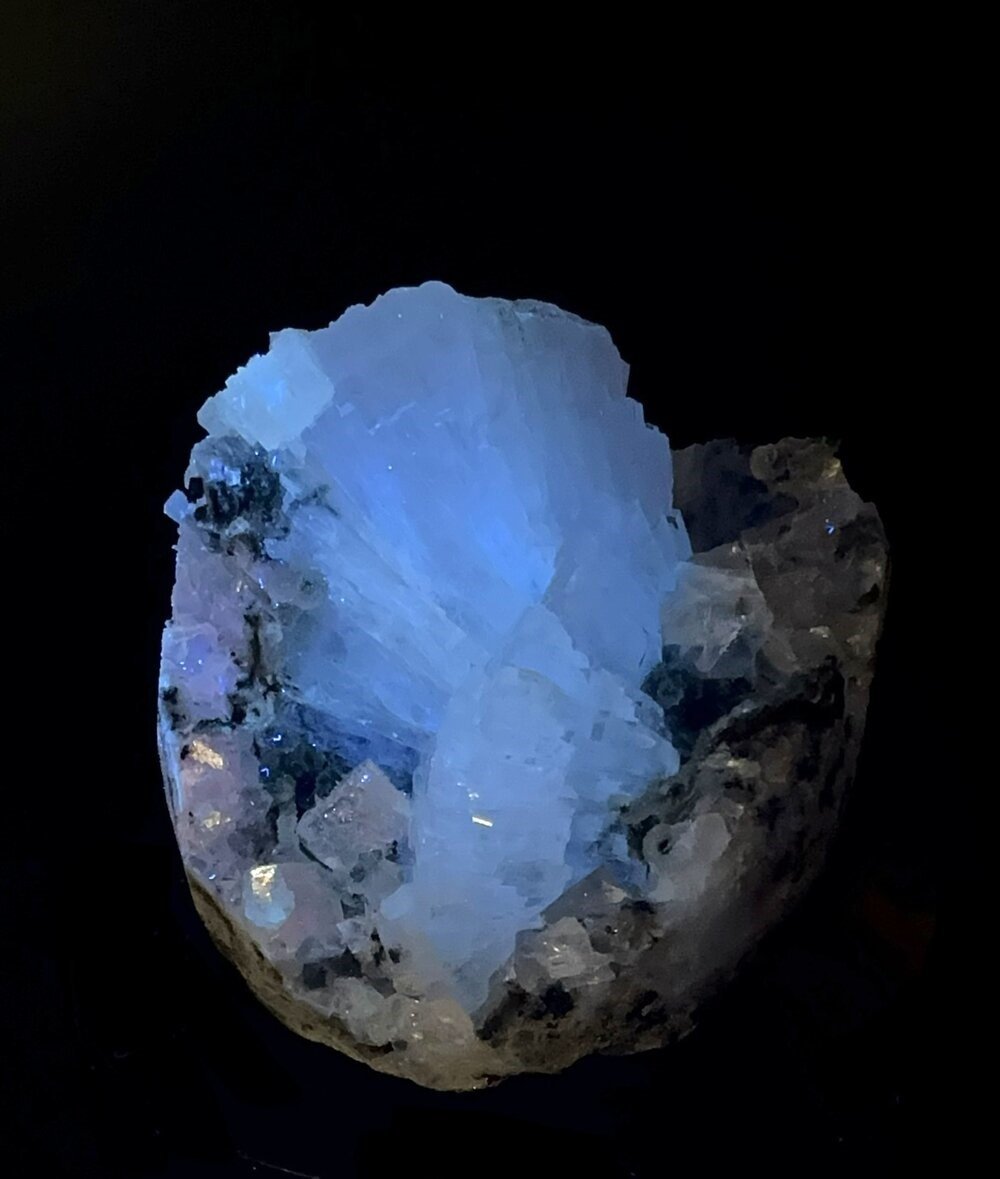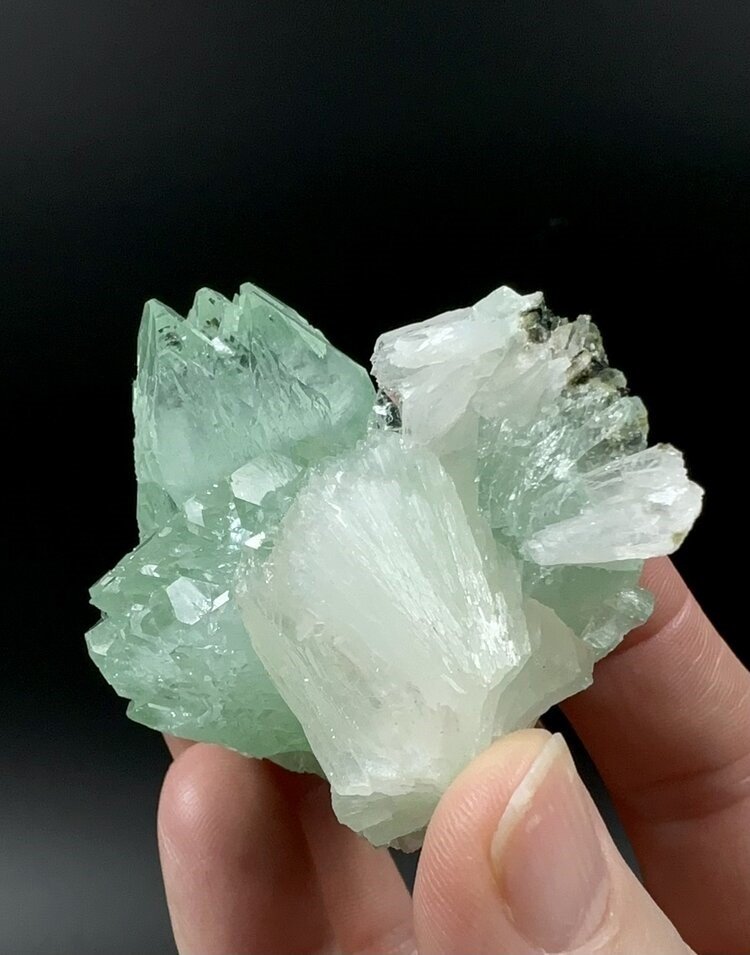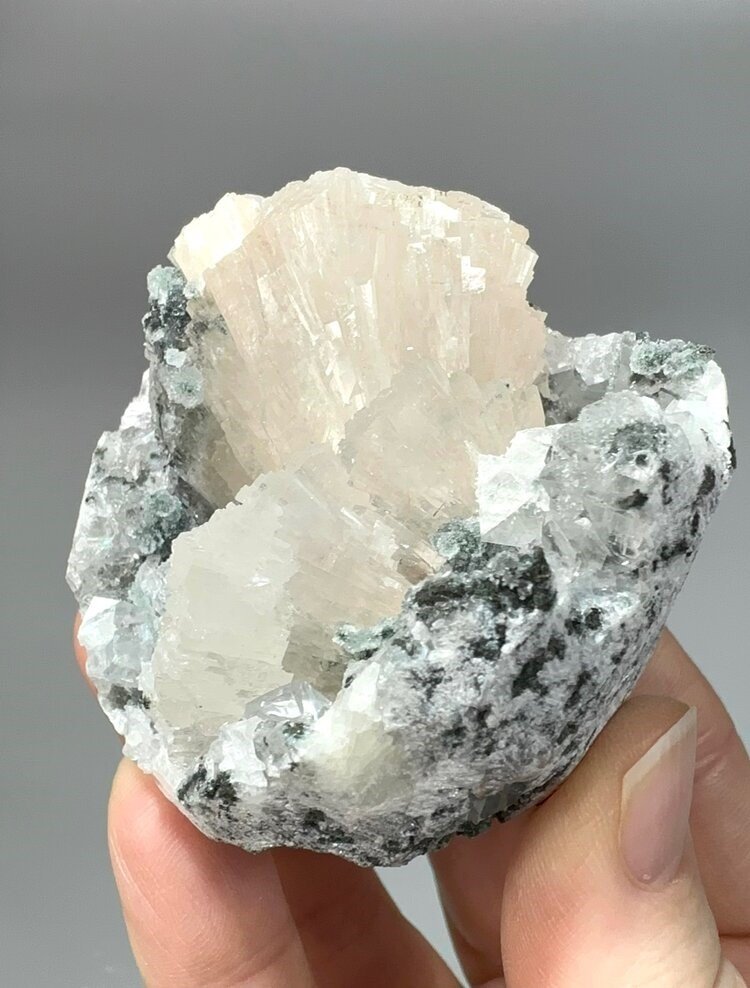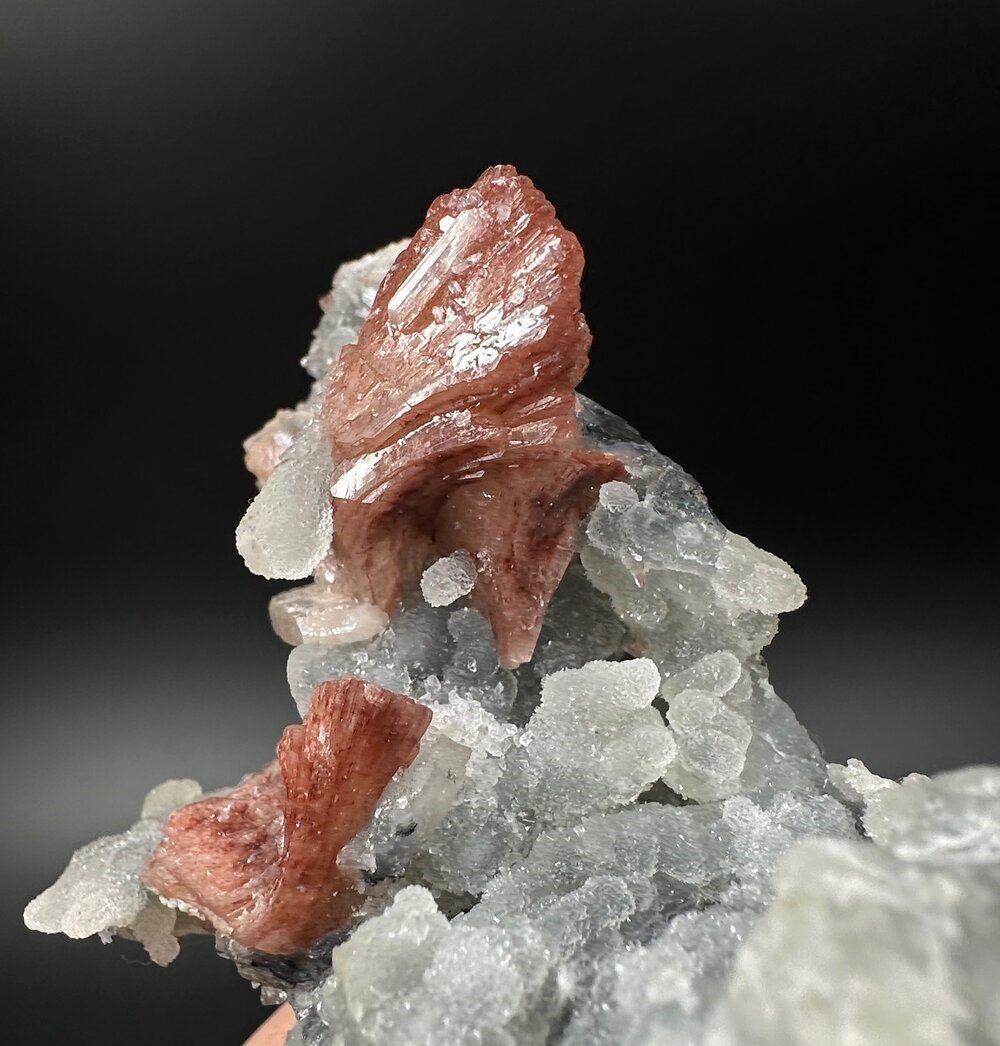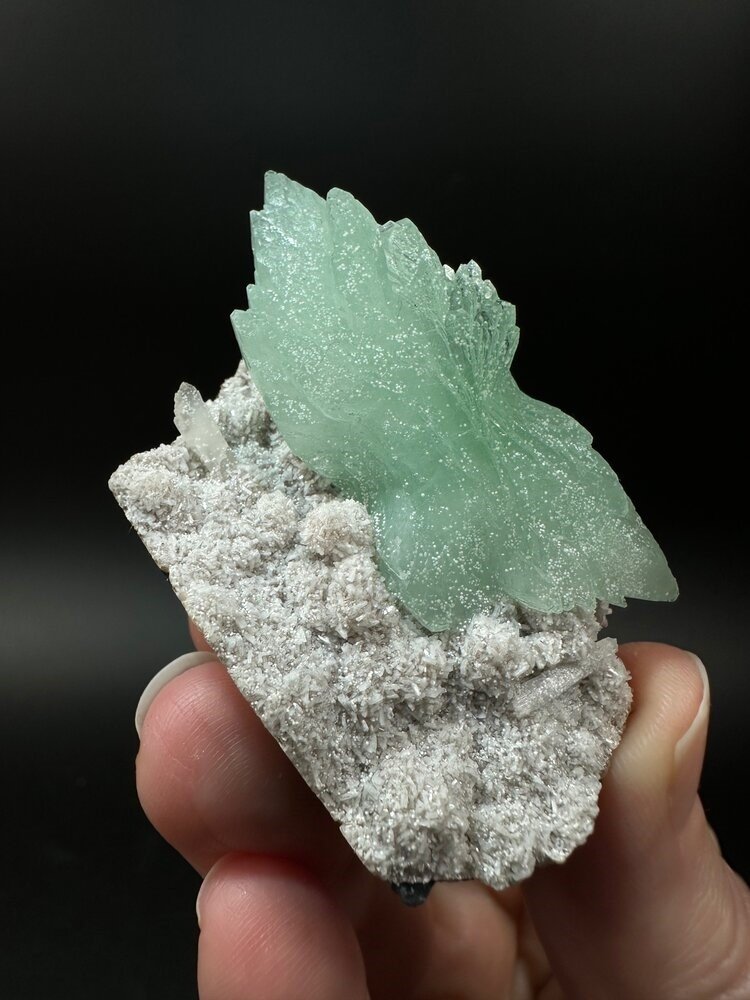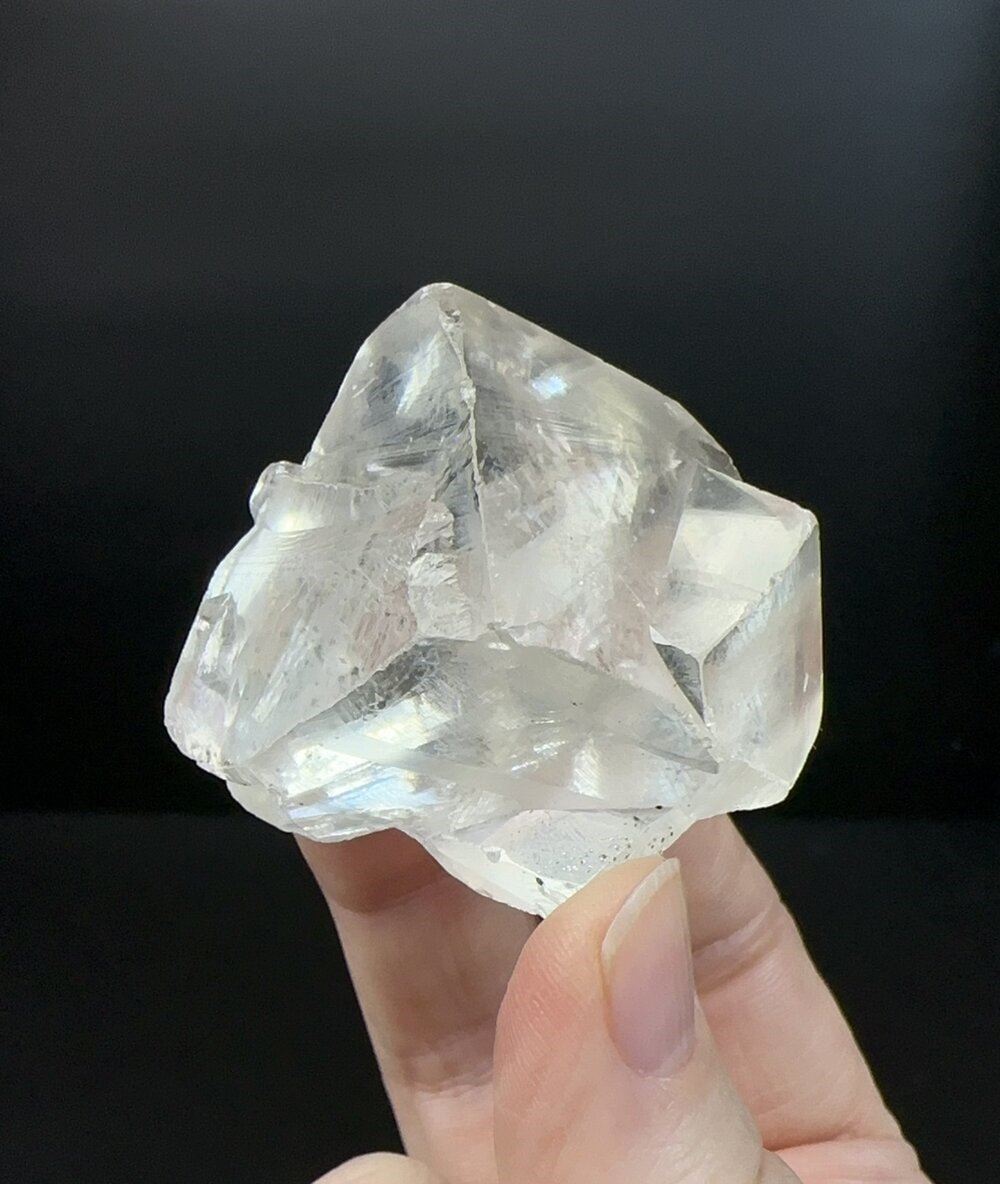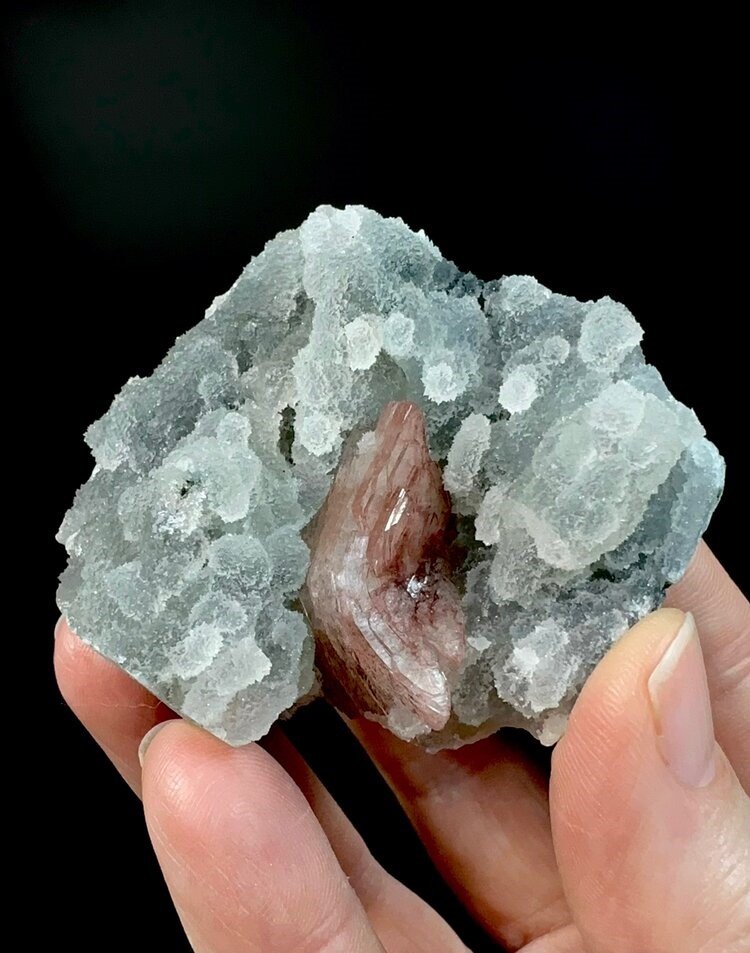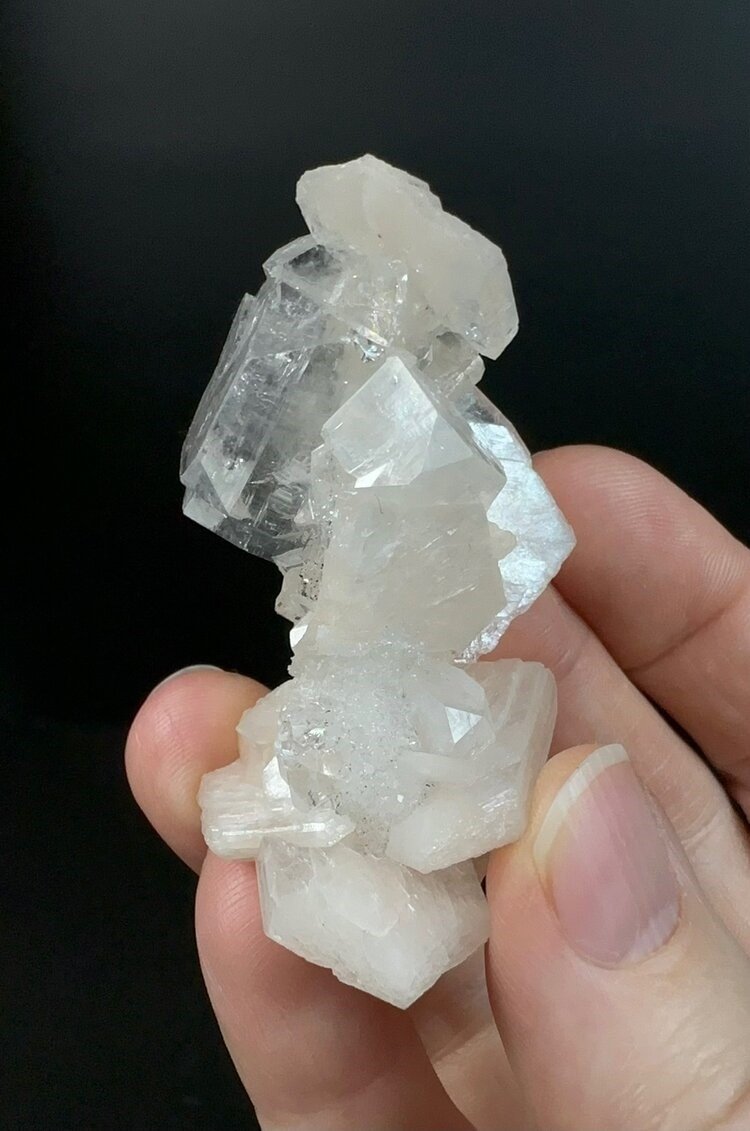Beautiful Mineral Treasures from India: Unique and stunning crystals from one of the Earth’s largest-ever volcanic eruptions
Minerals from India may be some of the most underappreciated minerals available to collectors today. Many collectors think of Indian minerals as lower-quality pieces, usually zeolites, with incomplete crystals and average color. While many lower-quality pieces from India are offered for sale today, most of those low-quality pieces are gathered during the search for rare, perfect, top-quality pieces. It’s those top-quality pieces that are now becoming appreciated and pursued by mineral collectors around the world. Rare red heulandite fans, crystal clear and gorgeous green apophyllite, clear champagne and honey-colored calcite, spheres of botryoidal fluorite and other highly-prized pieces are being found and extracted in India today. These gorgeous minerals are found in pockets in massive deposits of volcanic rocks located in the west-central area of India known as the Deccan Plateau.
About 65 million years ago, the southwestern portion India was the location of one of largest volcanic events ever to occur on the Earth. This event occurred when a “hot spot” in the Earth’s mantle, deep below the surface of the Indian subcontinent, melted a huge volume of overlying rock in the Earth’s crust. When the melted rock made its way to the Earth’s surface, massive eruptions of molten lava flowed from the Earth over a period of about 6 million years. The eruptions left thousands of square miles of central India buried in solidified volcanic rock to a depth of over a mile.
The volume of lava that “pours” from the Earth in this type of eruption is so immense it is sometimes compared to the deluge of water from massive storms, giving the resulting rock deposits the name “flood basalts.”
Hot spots beneath the Earth’s crust melt the overlying rock and create huge volumes of lava. When that lava erupts to the Earth’s surface, it can cover thousands of square miles with thick sequences of volcanic rock. (Source PMF IAS )
On the Indian subcontinent, the lava covered huge expanses of land and extended into the adjoining Arabian Sea. Today, the area covered by the rock is about 200,000 square miles, and it is believed that the rock once covered an area of over 500,000 square miles. The rock is a fine-grained, dark volcanic rock called basalt. Basalt is dark because it is low in silica and high in iron and magnesium. It is the same rock that forms from the lava that erupts from the ground in lava flows and fountains in Hawaii.
The massive Indian lava flows, which also would have spewed immense amounts of carbon dioxide and other noxious gases into the atmosphere, occurred at about the same time as the Chicxulub meteor impact in Yucatán, México. Consequently , some scientists now think that the lava flows of India played a role in the mass extinction event of that time that ended most life on Earth and brought about the end of the age of dinosaurs.
This vast area of basalt rock deposits is called the “Deccan Traps” or “Deccan flood basalts.” The word Deccan is an anglicized version of the Kannada word dakkhaṇa, which means the "south" (Kannada is a language spoken predominantly by the people of Karnataka in southwestern India). The term “trap” comes from the Norwegian word for staircase (trapp) and refers to the step-like hills formed by differential erosion of individual layers of basalt.
The final piece of the story is the formation of the beautiful crystals of heulandite, stilbite, apophyllite, calcite, fluorite and other minerals that are being extracted from the basalt layers today. These minerals owe their existence to large gas bubbles that were present in the molten lava. As the rock solidified, the gas bubbles were trapped and frozen in the rock, forming empty voids or pockets. As the rock very slowly cooled, water that either permeated the rock or was present in the melt carried dissolved minerals and chemical compounds into the open void spaces. As the water cooled, the mineral assemblages we see in the pockets today precipitated out in the voids. There is a very clear and well-known order of formation of these minerals that is controlled by the temperature of the water, and sometimes that order of formation is displayed in individual specimens when layers of crystals of different minerals are found on top of one another.
When the pockets, now filled with crystals of various sizes and types are exposed in small mining operations or through construction projects, the entire pocket is extracted from the rock (if possible), usually with hand tools and simple power tools. The pieces are later trimmed, cleaned, and further prepared to best display the beauty of the minerals, and the finished pieces often consist of crystals still set within a portion of the original basalt pocket.
